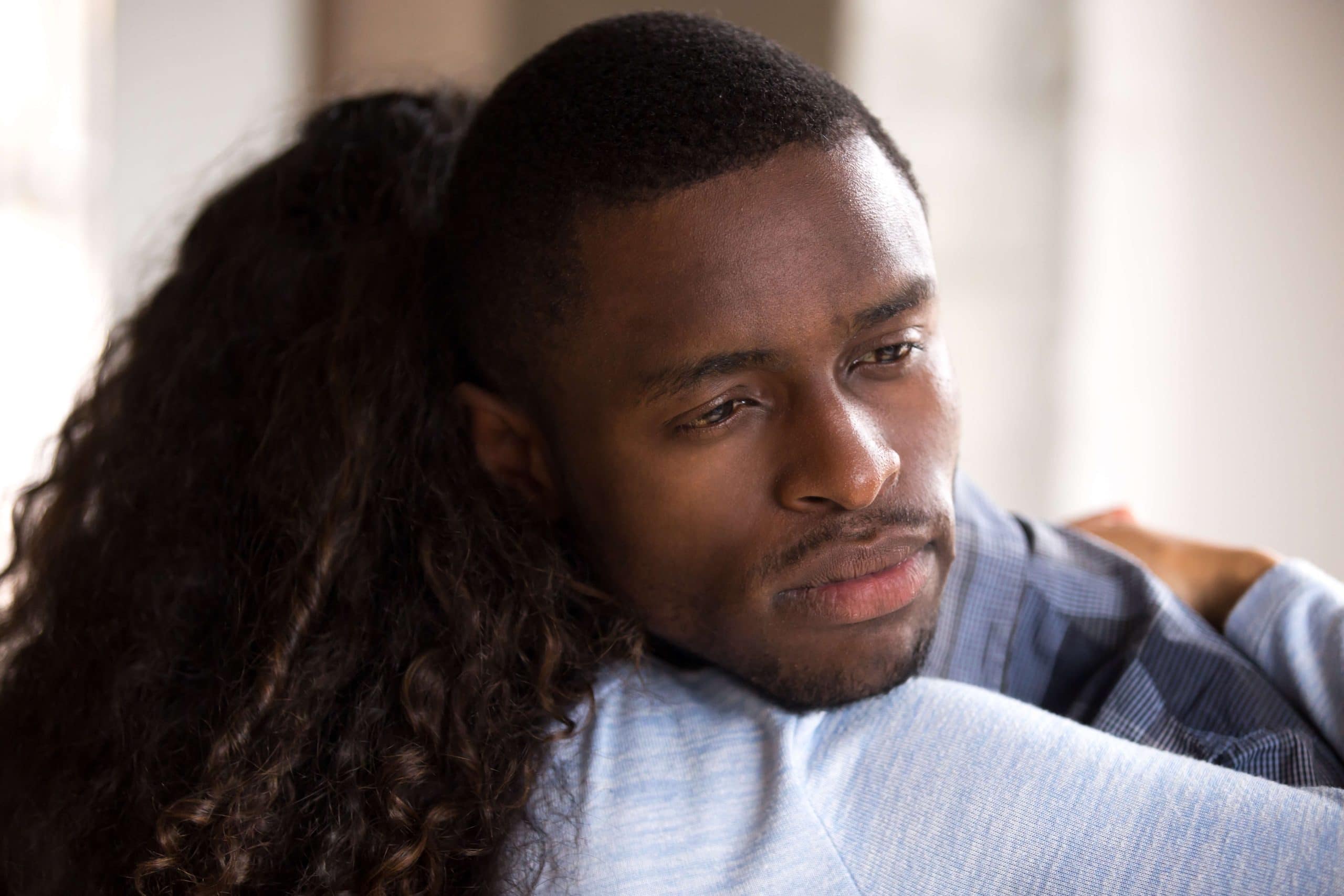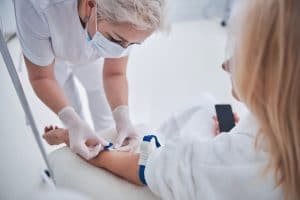We all feel sad sometimes. Does it mean that we have depression or major repression disorder? Depression is a mood disorder that causes a persistent feeling of sadness and loss of interest. In plain English, depression is a mood disorder that causes a persistent feeling of depressed mood or sadness and the often profound loss of interest in things that usually bring you pleasure. Depression affects how you feel, think, and behave and can interfere with your ability to function and carry on with daily life. Depression is a common and serious medical illness. The risk of clinical depression is often higher in individuals with drug and alcohol addiction, but it can be effectively treated.

WHAT ARE THE TYPES OF DEPRESSION?
Major Depressive Disorder (MDD)
You may hear this type of depression is referred to as “major depressive disorder”, “clinical depression”, “classic depression” or “MDD”. You might have this type if you feel depressed most of the time for most days of the week. If a person experiences the majority of these symptoms for longer than a two-week period, they will often be diagnosed with MDD.
Major Depressive Disorder With Anxious Distress
It’s no secret that anxiety conditions and depression co-occur. In fact, most researchers agree they co-occur at least 55 % of the time. With these facts in mind, it’s no surprise that some people, when they experience a Major Depressive Disorder (MDD) episode, there is an onset of some specific anxiety that is congruent to the depression.
Persistent Depressive Disorder (PDD)
You may hear this type of depression is referred to as “dysthymia”, “persistent depressive disorder” or PDD. Persistent depressive disorder is a type of chronic depression that lasts less than two years. It can be mild, moderate, or severe. Persistent depression might not feel as intense as major depression, but it can still strain relationships & make daily tasks unbearable.
Manic Depression Or Bipolar Disorder
You may hear this type of depression is referred to as “bipolar depression”, “bipolar disorder” or “manic depression”. It is a mood disorder characterized by periods of abnormal mood swings. Someone with bipolar disorder, which is also sometimes called “manic depression,” has mood episodes that range from extremes of high energy with an “up” mood to low “depressive” periods. The vast majority of those with bipolar disorder also have episodes of major depression.
Seasonal Affective Disorder (SAD)
Seasonal affective disorder is a period of major depression that most often happens during the winter months when the days grow short and you get less and less sunlight. Seasonal affective disorder (SAD) is a major depressive disorder with a seasonal pattern.
Psychotic Depression
Psychotic depression has the symptoms of major depression along with “psychotic” symptoms, such as hallucinations, delusions, and paranoia. Medical professionals refer to this as major depressive disorder (MDD) with psychotic features.
Peripartum Depression and Postpartum Depression
You may hear this type of depression is referred to as “perinatal depression”, or “major depressive disorder with peripartum onset”, peripartum depression” or “postpartum depression”. It occurs during pregnancy or within 4 weeks of childbirth. People may refer to this as postpartum depression, but that term only applies to depression after giving birth. Perinatal depression can occur while a woman is pregnant. Mood changes, anxiety, irritability, and other symptoms are not uncommon after giving birth and often last up to two weeks. PPD symptoms are more severe and longer-lasting.
Premenstrual Dysphoric Disorder (PMDD)
You may hear this type of depression is referred to as “premenstrual dysphoric disorder”, PMDD or “premenstrual depression”. It is a severe form of premenstrual syndrome (PMS). While PMS symptoms can be both physical and psychological, PMDD symptoms tend to be mostly psychological. Among the most common symptoms of premenstrual syndrome (PMS) are irritability, fatigue, anxiety, moodiness, bloating, increased appetite, food cravings, aches, and breast tenderness.
Atypical Depression
This type is different from the persistent sadness of typical depression. It has signs of depression (such as overeating, sleeping too much, or extreme sensitivity to rejection) but the positive events can temporarily improve the mood.
WHAT IS MAJOR DEPRESSIVE DISORDER?
You may hear this type of depression is referred to as “major depressive disorder”, “clinical depression”, “classic depression” or “MDD”. You might have this type if you feel depressed most of the time for most days of the week.
Like many mental health conditions, it is not always about what’s happening around the person. You can have a loving family, friends, and a dream job. You can have the kind of life that others envy and…. still have a major depressive disorder. Major depression is a severe form of depression that causes symptoms such as:
- sadness, gloom, or grief
- difficulty sleeping or sleeping too much
- lack of energy and fatigue
- changes in appetite
- unexplained aches and pains
- loss of interest in formerly pleasurable activities
- lack of concentration, memory problems, and inability to make decisions
- feelings of worthlessness or hopelessness
- constant worry and anxiety
- thoughts of death, self-harm, or suicide
These symptoms can last weeks or months.
MAJOR DEPRESSIVE DISORDER VS DEPRESSION?
All of us feel sad sometimes. While we may casually use the term “depressed” to describe the moment when they are sad, there is a difference between sadness and depression. Someone with depression may feel sad, guilty, or hopeless, but not really understand why—and the feeling can linger for weeks or even months. If you are struggling with constant sadness or hopelessness, it’s important to understand what depression is, what causes it, and what you can do to manage it. Major Depressive Disorder (MDD) or Clinical depression is the more severe form of depression. It isn’t the same as depression caused by a loss, such as the death of a loved one, or a medical condition, such as a thyroid disorder.
Co-occurring disorders treatment in Los Angeles, California
Individuals diagnosed with co-occurring disorders often need more intense treatment due to the complexity of their case emphasizing the importance for clinicians to provide effective and efficient treatment to these patients. Individuals diagnosed with co-occurring disorders face greater consequences from substance abuse compared to those patients diagnosed with only a mental illness such as schizophrenia or bipolar disorder.
Whether you want to call it dual diagnosis or co-occurring disorder, correct diagnosis and treatment are essential. It can be difficult to untangle many of the overlapping symptoms of drug or alcohol abuse and certain mental health disorders to ensure appropriate care. That’s why you need a treatment center, like Crosspointe recovery, that understands the nuances of co-occurring disorders treatment. At Crosspointe recovery, we specialize in evidence-based treatment to ensure you get the highest quality of care. If you believe that your mental health condition has contributed to a substance abuse disorder or vice versa, we’re here to help. Contact us today!






